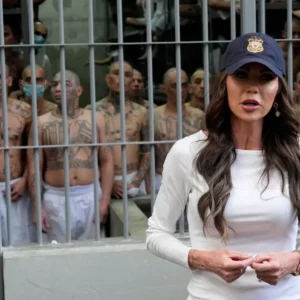Pope Francis, the spiritual leader of 1.4 billion Catholics worldwide, died Monday morning at the Vatican after a long battle with lung disease. He was 88 and had served as pope for 12 years.
Following the spirit of humility that has characterized his entire pontificate, Pope Francis has left instructions that his funeral ceremony will be more modest than that of his predecessors. Instead of the traditional three coffins, he will be buried in a single wooden coffin covered in zinc.
His body will not be placed in a public catafalque in St. Peter’s Basilica, but will lie in a coffin with the lid removed for the faithful to pay their respects. He will be the first pope in more than a century to be laid to rest outside the Vatican, in the Basilica of St. Mary Major in Rome, one of the four holy papal basilicas.
The entire funeral ceremony that will follow in the coming days will be carried out according to the bequests that Pope Francis has left.
Pope Francis has suffered from lung problems for decades, starting at age 21, when he had part of a lung removed due to a severe infection. He has had several long hospital stays in recent years, including abdominal surgery and severe pneumonia.
Last Easter, he appeared in poor health, but still greeted the faithful in St. Peter’s Square. In recent months, absences and cancellations on the agenda have increased speculation about a possible resignation, following in the footsteps of Pope Benedict XVI.
Pope Francis was the first Jesuit and the first Latin American to ascend to the papal throne. With a free and humble style, he lived in a simple apartment and eschewed the luxuries of the apostolic palace.
He prioritized themes such as the protection of migrants, social justice, ecology, and interfaith dialogue, especially with Islam. He published the encyclical “Laudato si” (2015), a call to action on the climate crisis that was hailed globally.





